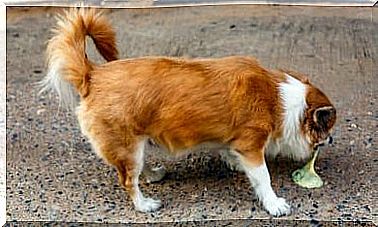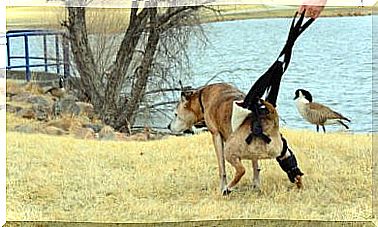Ant-eating Animals: There Is More Than You Think!
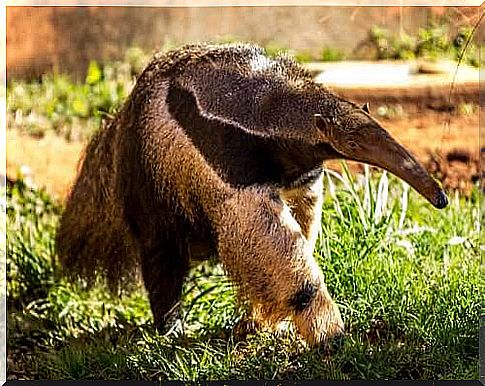
When we think of ant-eating animals, the first thing that comes to mind is the anteater. But many other species also feed on these insects: birds, arachnids, lizards, toads and other arthropods such as beetles and other ants.
You might be surprised, but ants are actually a very nutritious food:
- Studies have shown that insects contain 32% more protein than meat in relation to their body volume.
- They are also rich in fiber: the solid structures of your body provide fiber and micronutrients that aid digestion and strengthen the regeneration of intestinal tissue and microbiota.
It is therefore not surprising that many animals have made these invertebrates their favorite food. Read on if you want to find out more interesting things about ant-eating animals .
Myrmecophagia
Translated from the Greek, the word Myrmecophagy literally means “to eat ants”. While termites are not ants, this term also includes termite eaters.
This is because the habits of ant-eating and termite-eating animals are similar. More importantly, the adjustments necessary for ants and termite consumption are analogous.
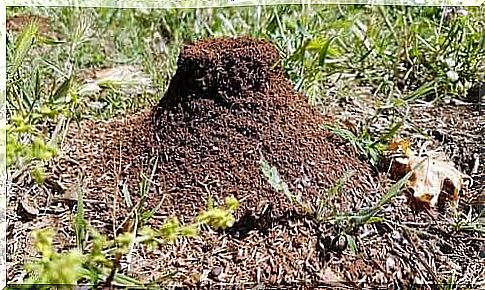
An example of convergent evolution
In mammals, myrmecophage species have developed a number of adaptations that make it easier for them to catch ants. It is interesting to know that animals from different taxonomies developed these adaptations. Because you can observe them in at least five independent groups or lines:
The echidna family, belonging to the order of monotons:
They are known to be the only mammals that lay eggs. The Echidnas are similar in appearance to the hedgehogs and close the gap because they have large spines. They inhabit the islands of New Guinea, Salawati, Australia, Tasmania and other smaller islands near their respective coasts.
The family of the Myrmecobidae, from the order of the Predator-like:
This family has a unique species, the numbat ( Myrmecobius fasciatus ). This ant marsupial is only found in some remote areas in southwest Australia. It is the state animal of Western Australia.
The family Manidae, from the order of the Pholidota:
This is an order of placental animals that are covered with large scales and are therefore commonly called pangolins. The order contains eight living species and inhabits the tropical regions of Africa and Asia.
The family of the Orycteropodidae from the order of the Tubulidentata:
It also has only one living species, the aardvark ( Orycteropus afer ). They are very primitive placenta animals, related to the tenrecs, elephants and snakes. They are widespread in sub-Saharan Africa.
The subordination of the Vermilingua, from the order of the Pilosa:
Known as anteaters, they are native to Central America, as well as northern and central South America. There are two families, Cyclopedidae (one species) and Myrmecophagidae (three species):
- Pygmy anteater ( Cyclopes didactylus )
- Northern Tamandua ( Tamandua mexicana )
- Southern Tamandua ( Tamandua tetradactyla )
- Giant anteater ( Myrmecophaga tridactyla )
Ant-Eaters: Your Adaptations
All myrmecophage species have a number of adaptations that make it easier for them to catch ants and termites:
- The first adjustment is that they will have fewer or no teeth due to the switch to a diet consisting of soft prey.
- The second is oral adaptation, which consists of the extension of the snout and a thin and sticky tongue. This adaptation also involves large salivary glands.
- In addition, they have strong claws that are used to dig up anthills and termite mounds.
The tongue, indispensable for ant-eating animals
When you consider that a giant anteater has to eat around 35,000 ants or termites every day, it can be imagined that it needs to have a very effective strategy.
And so it is, for his tongue has a very peculiar arrangement of muscular and neurovascular tissues that is different from the usual pattern of other mammals.
With these properties he can control the tongue extremely well, he can even move it very quickly, up to 160 times per minute.
It is also covered with thousands of tiny hooks called thread-like papillae. These are used to hold the insects together with large amounts of saliva.
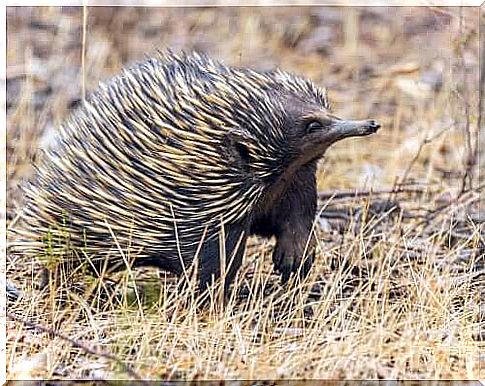
Are ant-eating animals threatened by their way of life?
No doubt. One of the main threats to ant-eating animals is habitat loss and populations of these insects, which are very important to the food chain. Usually this loss of biodiversity comes from fires and deforestation.
Ant-eaters: Final remark
Ant-eaters are an example of different lineages that achieve the same morphological and functional adaptations through different evolutionary pathways. But this discovery is not entirely surprising, as it is known that primitive mammals were originally insectivores.




